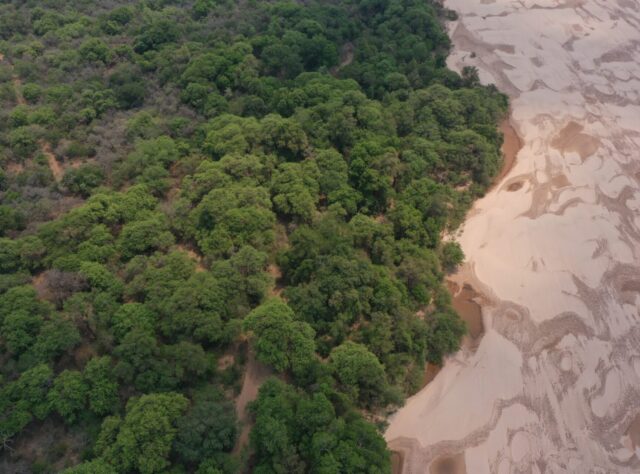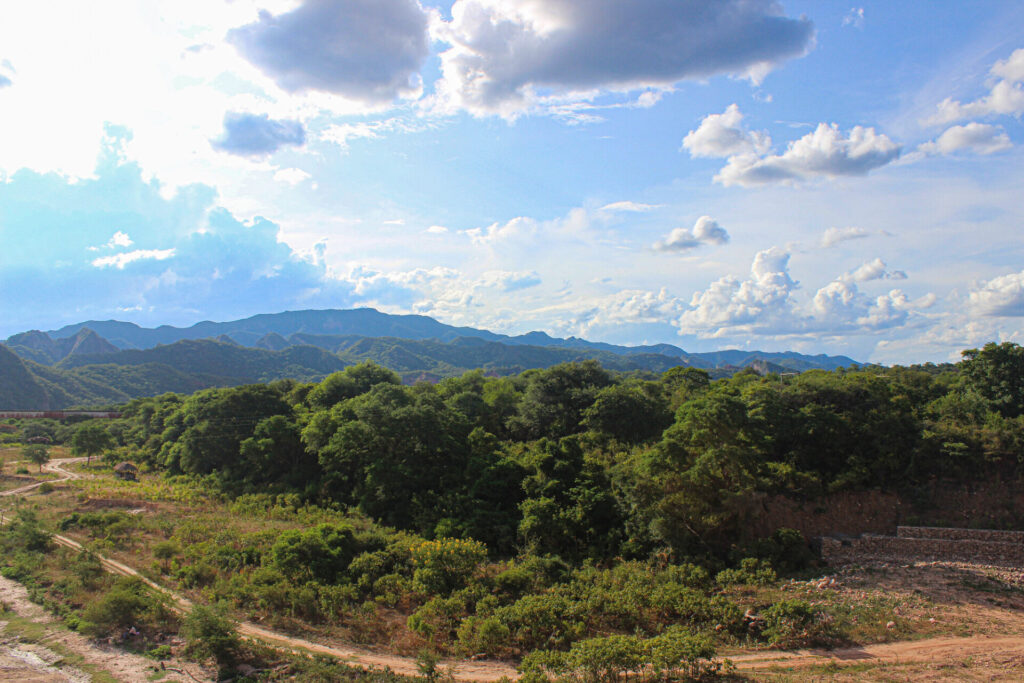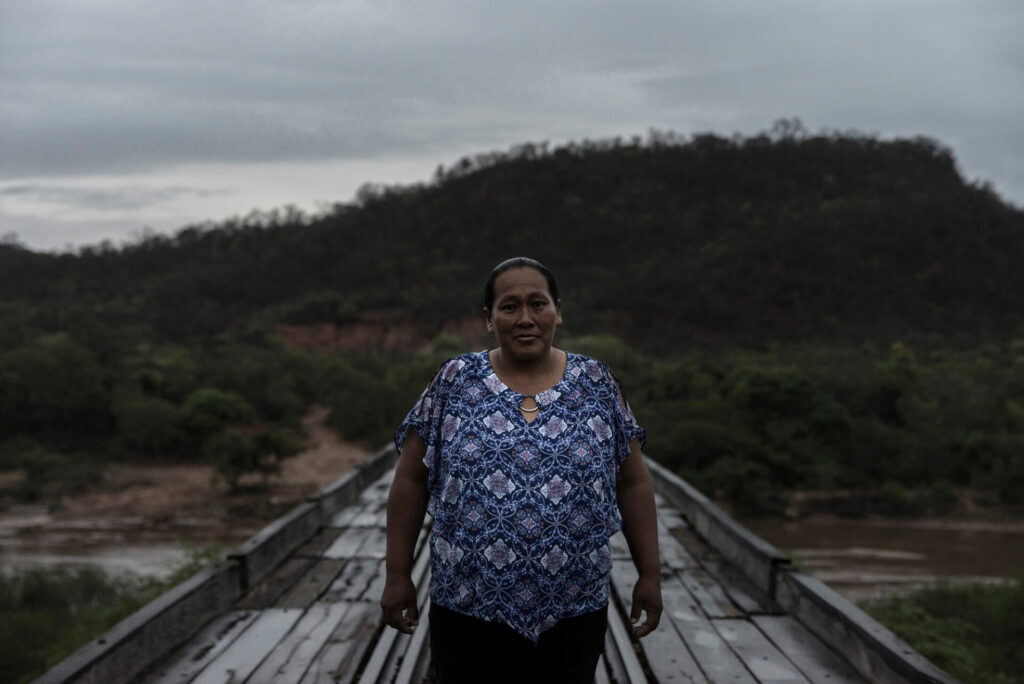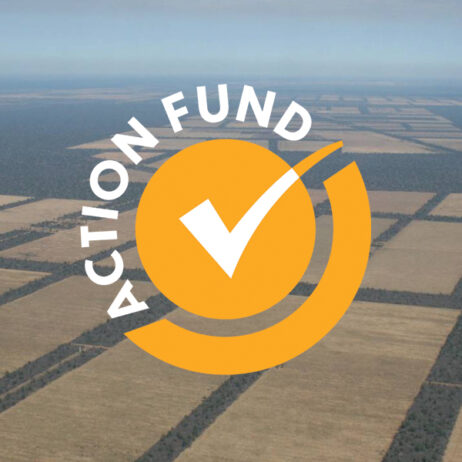
The Yande Yari protected area has been recognised by the Autonomous Indigenous Government of Charagua (GAIOC). Credit: Natura Bolivia
In Bolivia’s southeast lowlands, where the Chaco Forest meets the wetlands of the Isoso, the Parapetí River weaves its way through valleys, dry forests, and savannas, carrying water, life, history, and identity. Here, the creation of Yande Yari, an Indigenous-led protected area covering over 562,000 hectares, will now preserve one of the largest and most intact dry forests in the world.
“Three years ago, a dream began to take shape to legally protect Yande Yari, our Grandmother… Yande Yari is our soul, our deepest connection to the land. Today, that dream becomes a commitment, the commitment to preserve our identity, our history, and all that we are” members of the Guarani community explain in their film announcing the achievement.
Known to the Guarani people as “the spirit of the river,” the protection of Yande Yari was passed into law in October 2024 and ratified in April 2025 and stands as a momentous conservation measure. “We do not own the land, she owns us. The forest is not a resource. It is a relative.” Yande Yari now formally protects a mosaic of habitats critical for biodiversity, carbon storage, and cultural survival. The Chaco Forest alone accounts for 58.4% of the area, sheltering jaguars, armadillos, and a flurry of endemic bird species. Another 37% is made up of wooded savannas and pampas, while wetlands like the Bañados del Isoso comprise 4.2% which are crucial stopovers for migratory birds and vital for flood control.

The Bolivian Gran Chaco is one of the largest areas of intact dry forest left in the world. Credit: Natura Bolivia
“Yande Yari lives in the stories we tell, in the songs we sing to the river, in the murmur of the forest” Guarani community members
The law was created as a collaboration rooted in Guarani traditions and strengthened by national and international legal frameworks. Among its foundations are Bolivia’s Law of Mother Earth and the Rights of Indigenous Peoples, as well as the Convention on Biological Diversity. But Yande Yari is not just ecological, it forms a biocultural corridor linking Kaa Iya National Park, the Guajukaka Protected Area, and the Ramsar-designated Isoso wetlands. Through this corridor, water, biodiversity, cultural memory, and intergenerational knowledge can now flow.

The recognition of Yande Yari comes as a result of years of work and advocacy by the Guarani people. Credit: Natura Bolivia
“Thus was born the collective dream, a living corridor, a weaving between the spiritual and the natural, more than 562,000 hectares where the water sings and the forest breathes” Guarani community members
This achievement is part of the results of decades of effort by the Guarani fighting for the legal recognition of their lands and rivers, often facing drought, land degradation, and marginalisation. Now, they are the creators and keepers of a conservation model grounded in ancestral stewardship. Protected Area and Conservation meetings brought together Indigenous leaders, women’s collectives, elders, and youth to bring about the governance model and monitoring plan. This initiative is supported by a coalition of organisations, including WLT-partners Fundación Natura Bolivia and Nativa Bolivia (Naturaleza Tierra y Vida), as well as Re:wild, the Andes Amazon Fund, and Pew Charitable Trusts. Yande Yari is ‘a letter to a living landscape’ and a powerful declaration that the future of conservation lies in the hands of those who call the forest home.
